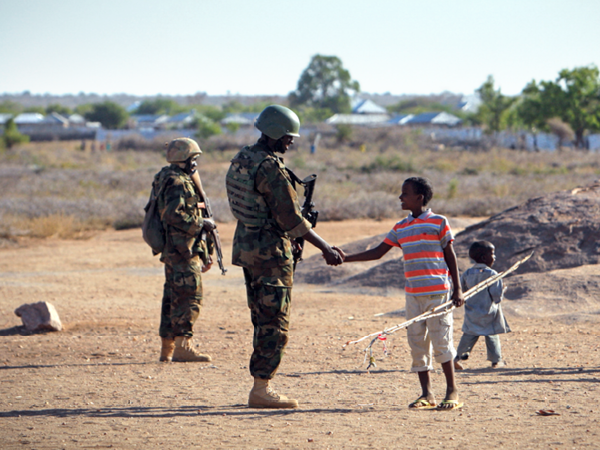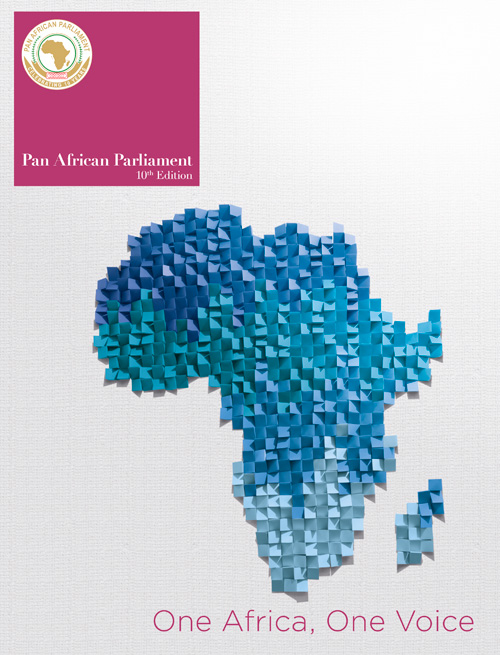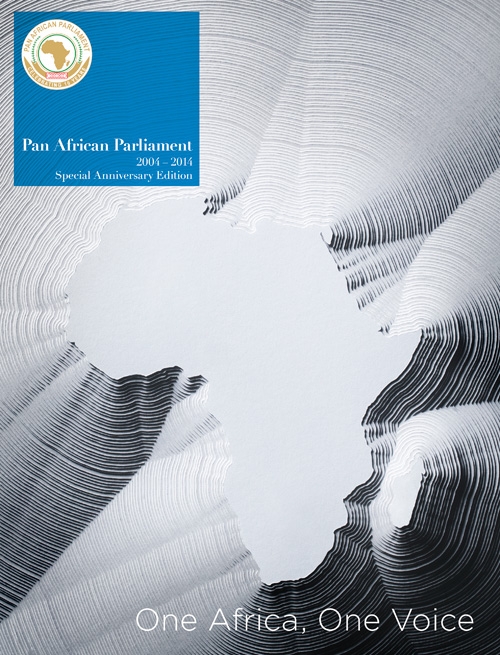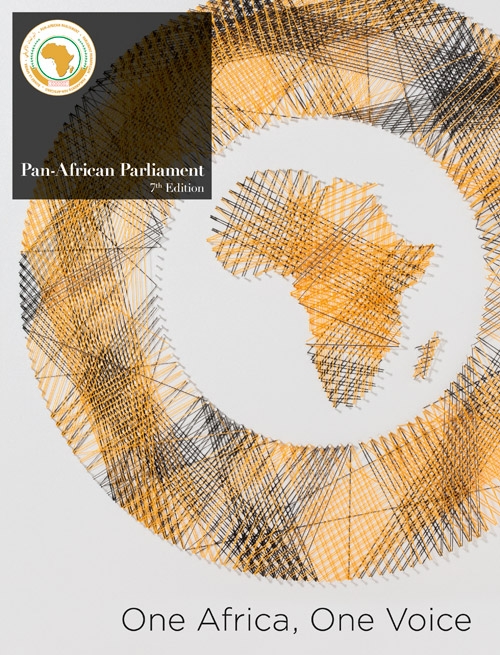
The political process in Somalia had been dominated by frequent wrangling between the leaders of the Transitional Federal Institutions (TFIs). These persistent divisions among the Somali leaders generated serious concern within the international community about the future of the Somali peace process, anchored on the Transitional Federal Charter of February 2004 and the Djibouti Agreement of August 2008.
The AU, UN and Inter-Governmental Authority on Development (IGAD) – as the main facilitators of the peace process – remained fully engaged with the Somali leaders and other stakeholders and continued to urge them to keep the process on track.
The contributions made by the AU Mission in Somalia (AMISOM) to the peace process in Somalia can be considered in three areas – the events of the year 2011, support for the end of the transition in Somalia, and activities undertaken in partnership with the international community.
Turning point
The year 2011 was a turning point in the history of overall peace processes in Somalia due to a range of political and military factors, including the following:
AMISOM troops drove Al-Shabaab from Mogadishu. For the first time in many years, nearly all of the capital (98%) came under the effective control of the internationally recognised Government.
In southern Somalia, militias allied to the Transitional Federal Government made important gains against Al-Shabaab, helping to create an opportunity to establish stability across the country.
Under the landmark Kampala Accord, a roadmap to ending the transition in Somalia was initiated following a compromise between then President Sharif Sheikh Ahmed and then Speaker Sharif Hassan Sheikh Adan.
Taking advantage of the renewed momentum generated in the peace process as a result of these positive developments, the Special Representative of the AU Commission Chairperson Boubacar Gaoussou Diarra, together with the UN Special Representative of the Secretary-General Augustine Mahiga, the IGAD Facilitator Kipruto Arap Kirwa, and other Members of the Core Group on Somalia, facilitated an inclusive consultative meeting of Somali stakeholders in Mogadishu, from 4 to 6 September 2011.
This concluded with the adoption of a Transitional Roadmap that set out key tasks and priorities to be delivered by the TFIs over the next 12 months, with clear timelines, benchmarks and compliance mechanisms. It was agreed that the priority was to improve security and then conduct the planned election.
Turkey’s humanitarian-support activities in Somalia were to a large extent facilitated by a secure environment created by AMISOM.
Under the IGAD Grand Stabilisation Plan, Ethiopia and Kenya deployed in Somalia in support of AMISOM troops to build further military pressure against Al-Shabaab terrorists, by increasing troops on the ground and targeting major sources of Al-Shabaab income.
End of the transition
Somalia has been in transition for more than a decade, led by successive transitional governments since the collapse of the last government of Mohamed Siad Barre. A consultative meeting was held in Mogadishu from 4- to 6 September 2011, with support of the international community, including AMISOM, which set out key tasks and priorities to be delivered by the TFIs over the next 12 months. The international community endorsed the outcome of the meeting through the SCR 2010 (2011).
Throughout the following 12 months, the end of the transition in Somalia was propelled by the End of Transition roadmap, with the following pillars:
- Security – Improved security in Mogadishu and the rest of Somalia.
- Constitution – Draft constitution finalised, adopted and parliamentary reform, elections and constitutional referendum.
- Outreach and reconciliation.
- Good governance.
Working with the international community
Although AMISOM could be credited as the first multi-dimensional peace support operation on the African continent, it has faced challenges of logistics and manpower requirements. Under SCR 1964 (2010), AMISOM’s authorised troop strength was raised by the UN Security Council from 9 000 to 12 000.
In 2011, AMISOM was still struggling with below-the-ceiling strength authorised by SCR 1964 (2010). In September 2011, the AU was urged to urgently increase its force strength to its mandated level of 12 000 uniformed personnel, in order to enhance its ability to carry out its mandate. By 30 December 2011, 10 450 troops had been deployed for the mission with Djiboutian troops the latest arrivals.
Thanks to AMISOM’s pivotal contribution, Somalia has been able to re-open diplomatic relations with many countries and international organisations
Kenyan troops entered Somalia in October 2011 under the auspices of IGAD. From 2 December 2011 to 5 January 2012, a new AMISOM Strategic Concept of Operations was drawn up, which envisaged the deployment of formed police units and the integration of Kenyan troops into AMISOM.
Against the background of a new political order, it was considered befitting to seek a new mandate and strategic guidance from the newly formed Federal Government of Somalia. The AU worked with the new leadership to review AMISOM support for the Government and agreed on the following strategic objectives:
- Secure sovereignty and territorial integrity of Somalia.
- Enhance the capacity of the defence and public safety institutions.
- Support the establishment of effective governance.
- Facilitate the conduct of general elections by 2016.
- Additionally, the UN reviewed the UN Political Office for Somalia (UNPOS). At the end of the AU and UN parallel reviews on AMISOM and UNPOS, UN Secretary-General Ban Ki-moon and the Chairperson of the AU Commission Nkosazana Dlamini-Zuma stated that while the international community’s military support to the Government of Somalia continued to be critical, security operations could not succeed in isolation.
They expressed a joint view that an international civilian presence should assist the Somali authorities in advancing the process of national reconciliation, including the finalisation of the constitution and preparation for elections by 2016.
The UN Assistance Mission in Somalia was established in May 2013 and deployed with a heavy foot in Somalia on 3 June 2013, with the full support of AMISOM.
Further, with an increasingly secure environment, thanks to AMISOM’s pivotal contribution, Somalia has been able to re-open diplomatic relations with many countries and international organisations. However, much work remains for the successful end of the peace process in Somalia, due to major challenges facing AMISOM and the Federal Government of Somalia. These range from continued insecurity, fragility of Somali institutions, dependency on external resources and increasing demands from Africa on external support, as regards to the support to the peace process.







